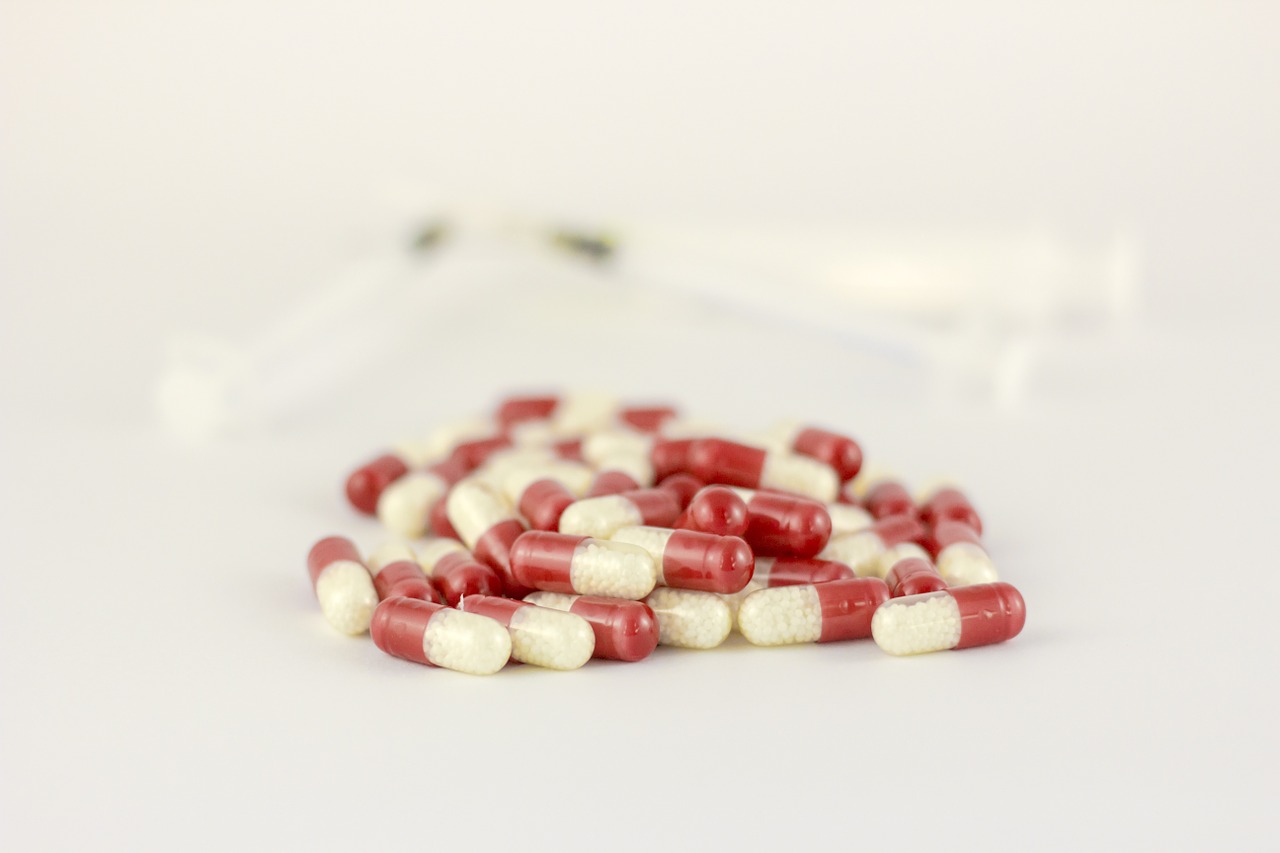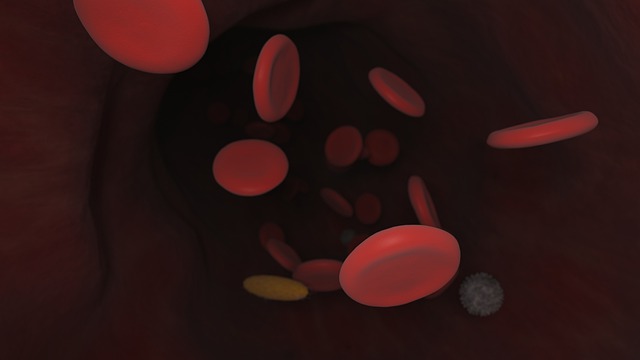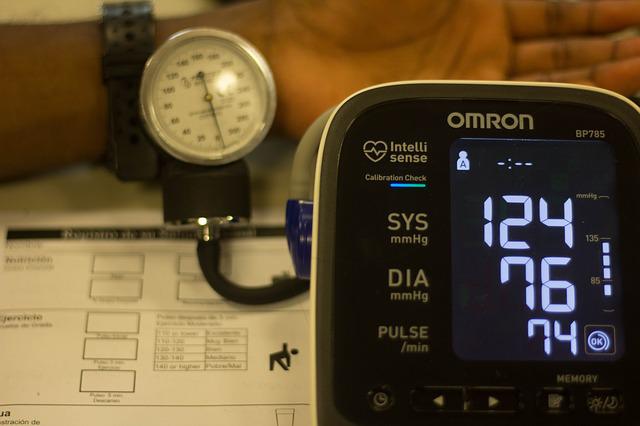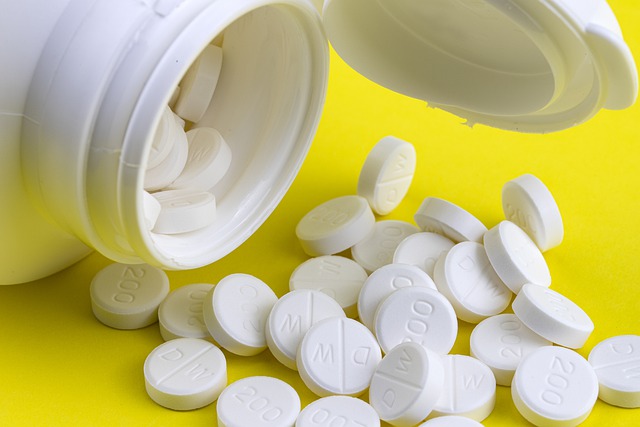Podcast: Play in new window | Download (Duration: 12:42 — 11.6MB) | Embed
On this episode, I discuss ticagrelor pharmacology, adverse effects, and important drug interactions.
Ticagrelor has a warning with regards to the use of aspirin. Higher doses of aspirin can impair the effectiveness of ticagrelor and I discuss this further on this episode.
Bleeding is the major adverse effect from ticagrelor and naturally, hematocrit and hemoglobin are important monitoring parameters.
I discuss CYP3A4 drug interactions on this episode and how it may affect ticagrelor.
Be sure to check out our free Top 200 study guide – a 31 page PDF that is yours for FREE!
Support The Podcast and Check Out These Amazing Resources!
Meded101 Guide to Nursing Pharmacology (Amazon Highly Rated)
Guide to Drug Food Interactions (Amazon Best Seller)










